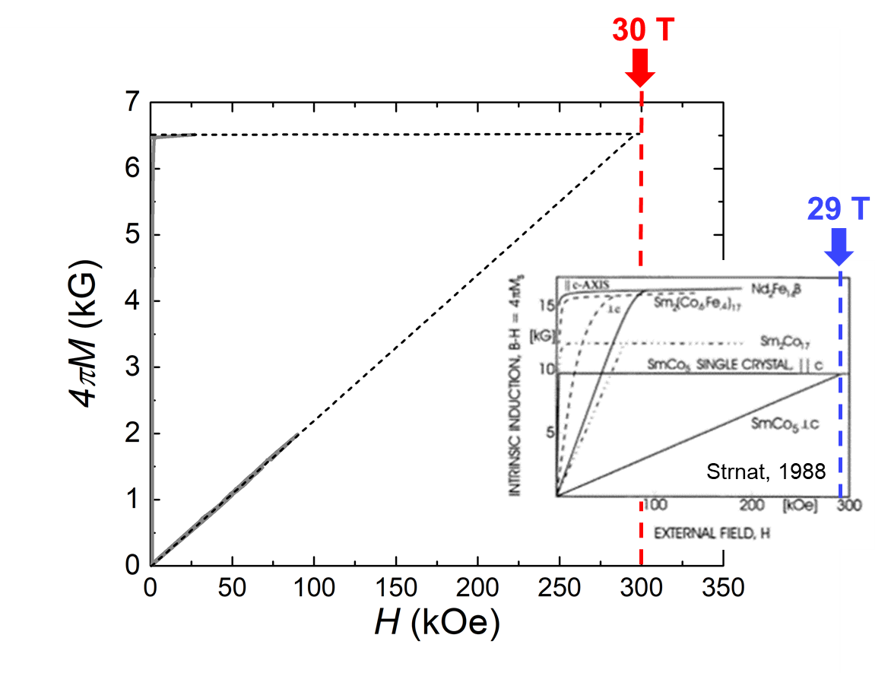Rapid response electromagnetically driven calorimeter
CMI researchers at Oak Ridge National Laboratory and Ames Laboratory a fully functional calorimeter, which operates at high heating rates via induction heating and with static magnetic fields, has been granted a patent.
